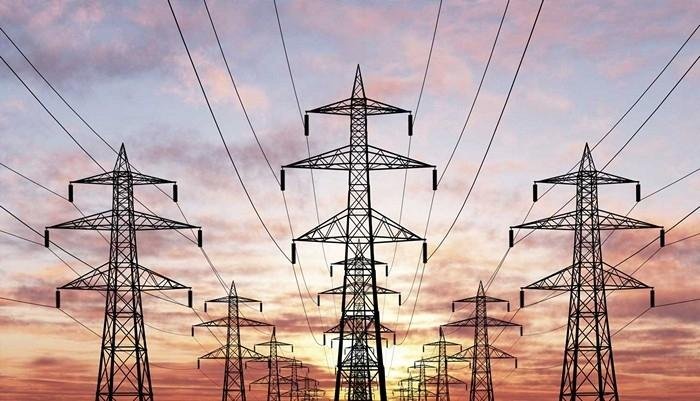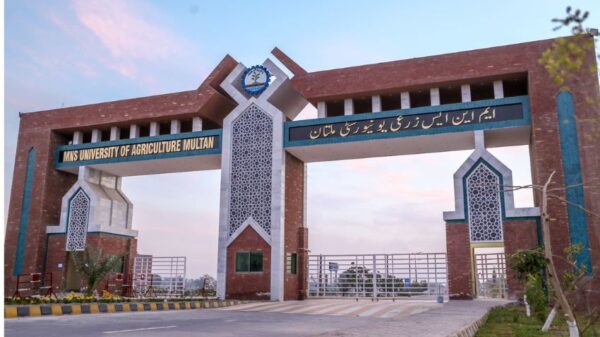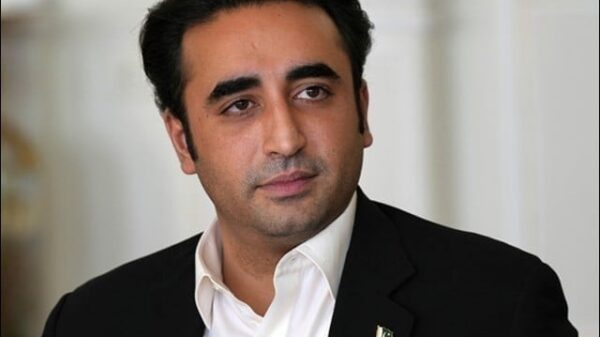Raising electricity tariffs seems to be the only way for Prime Minister Imran Khan’s government to amortize power sector circular debt. Add to it the obligatory capacity charges payable to power producers and un-pluggable lines losses and you have a recipe for disaster: rising power tariffs that hurt households and businesses alike.
Electrical power is the major source to run Pakistan’s industries and businesses and catering to the needs of households. Since 2017, when the country overcome the power shortage and the Chinese-built power plants came online, it is confronting huge capacity payments that are a huge drain on the national exchequer in the form of circular debt.
This debt has surged from PKR 315 billion (USD 2 billion) in 2015 to PKR 2.3 trillion (USD 12.7 billion) this fiscal year.
The previous government had confronted on average USD 5 billion circular debt due to capacity payments but it did not pass the
burden on to the consumers, paying it through subsidies. That, however, has not been the case with the incumbent regime, which has become under obligation from the international financial institutions to remove subsidies.
Not only did a 15 percent raise in electricity tariff this January draw criticism from the industry, it also dented the standing of the government that had once vowed to remove unjustified taxes and surcharges from the household consumer bills.
Circular debt
High circular debt is suffocating companies in oil and gas sector. Data collected from different sources reveals that power producers owe PKR 1,557 billion to six companies. The overdue receivables of Sui Northern Gas total to PKR 357 billion; of OGDC to PKR 348 billion; of PPPL to PKR 278 billion; of SSGC to PKR 259 billion; of PSO to PKR 221 billion; and of K-Electric to PKR 94 billion.
In November 2014, the governments of Pakistan and China clinched an agreement under which 14 power projects were listed as “prioritized” and another seven as “actively promoted” and the same had to be undertaken following the “market-based principles of openness, equality and mutual benefit to develop related energy projects”.
These power projects went online in 2017 ending the country’s decades-long addic- tion to imported furnace oil as the main fuel for power generation. But the surplus production brought a new problem: the country had to pay the capacity charges if it wanted to save import bill on the fuel.
Over the last four years, circular debt has piled up waiting to be cleared off through budgetary measures, particularly the subsidies. Then the economy was struck by Covid-19 and the subsequent lockdowns. The slowing down of business activity cuts power demand further but, quite understandably, without alleviating the circular debt. And this phenomenon has proved the
proverbial last straw on the camel’s back.
Meanwhile, International Financial Institutions (IFIs) have become too insistent on cutting the size of subsidies, particularly the ones given to the energy sector and setting it their upfront demand to qualify for loaning facilities.
The government, failing to curb theft and other losses, finds refuge in the precedent the predecessor regimes have left and passes the burden of circular debt to the consumers.
Given the projected growth of capacity payments against surplus power, in the years to come the subsidy bill will rise even more sharply, forcing the government to further burden the consumers.
Inflation
Power tariff hike is becoming another source of inflation after moderately high interest rates, currency devaluation, and levies on petroleum products. Since the pandemic has hit the country, inflation, mostly food based, has been on the rise despite visible administrative measures.
With the purchasing power on the wane, rising power tariffs further pommel businesses and household consumers alike. While industry becomes less competitive, the commoners also have to adjust their priorities anew.
In January this year, the government announced a 15 percent average increase in power tariffs across the board to make some “compulsory payments” accompanying power generation capacity installed in recent years.
Going by this logic, the government could be readying itself to shift more and more burden to the consumers as more and more power plants come online.
The government paid more than PKR 470 billion (USD 2.99 billion) in power subsidies last year, making it one of the largest heads in current expenditures that have to be curtailed sharply under the terms of the IMF program that Pakistan is seeking to restart. Only two years ago this amount was closer to PKR 90 billion (USD 573 million).
A recent interaction of the Ministry of Power with the World Bank has revealed that the international lending institution has linked its USD 1 billion credit line for energy projects with an increase in power tariff as of 1 January 2022.
The IMF program of USD 6 billion is under suspension right now and its restoration is believed to be linked with the power tariff hike no later than January 2022, which means the government may possibly have to increase electricity charges by PKR 2.5-3.0 per unit in one go.
Of course, the government is reluctant to increase tariffs for fear of political backlash and may look to deflect the pressure from the IFIs through assurances regarding the efforts to bring down the circular debt, but given its track record, there is little likelihood it will be bale to hold the ground.
A vicious cycle
Surplus power production is the real problem and its resolution constitute the panacea for the developmental woes of the country. These are not just the capacity charges the government pays to the IPPs but also for the theft and line losses. Punitive measures do not work and provinces are reluctant to take their responsibility regarding power losses.
Power tariffs can be curtailed by resolving legal, technical, and managerial issues but failure in these areas over the last three years has pushed the economy into a vicious cycle marked by economic slowdown, unemployment, and inflation.
The government’s failure here is twofold. It has remained unable to resolve the issue of capacity charges, and it has passed the capacity charges on to the consumers amid economic slowdown and rising unemployment.
High power tariff raises the production cost of the industry on the one hand, making exports less competitive, and discourages foreign direct investment on the other due to high input cost.
Every raise in power tariff further fuels inflation at a time the purchasing power of the people is eroding with every passing day. This spiral of economic hardship takes its toll on the credibility of the government in providing relief to the masses in trying times.










